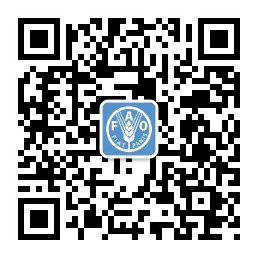Agricultural research and innovation require easy access to timely and relevant information of different types, coming from different sources and integrated in a meaningful way
Tell us something about yourself... what is your background and role in the organization you are working for?
I work for the Global Forum on Agricultural Research(GFAR) as information management specialist. As for my background, after my degree (which is completely unrelated to what I do now), I received formal education and professional training as a librarian and as a computer programmer, after which, I have worked first as programmer and then information management specialist. In GFAR, I work under the "knowledge for all" pillar, focusing on issues related to information exchange and information flows. I am currently managing the CIARD RING service.
How did you get in contact with AIMS?
In GFAR, I have worked extensively on metadata standards and protocols for managing and exchanging information between systems, in strict collaboration with the OEKCS group in FAO. My first contact with this group actually took place when we at GFAR decided to implement a document repository following FAO's standards and looked at the AIMS website for getting all the technical information about standards.
What is your opinion on AIMS?
Very positive, I use it regularly, especially now that there is a platform for communities working in agricultural information management.
According to you, what is the most important benefit that AIMS provides to the agricultural information management community?
The fact that AIMS is the only reference point and "authority" for agricultural information management standards. As an example, in the RING service we needed to set up a reference list of metadata sets and one of KOS, to be used as indexing criteria for the services registered in the system. Instead of creating new lists or duplicating the lists from AIMS, we simply considered AIMS as the authority for this and we synchronized the lists on the RING with the directories on AIMS (now the "VEST Registry") through the use of RSS feeds. A good example of interoperability!
How do you think that information management standards can contribute to agricultural research for development?
Agricultural research and innovation require easy access to timely and relevant information of different types, coming from different sources and integrated in a meaningful way. The real-time aggregation and integration of information from different sources is made possible only by the use of standards and related technologies for interoperability.

